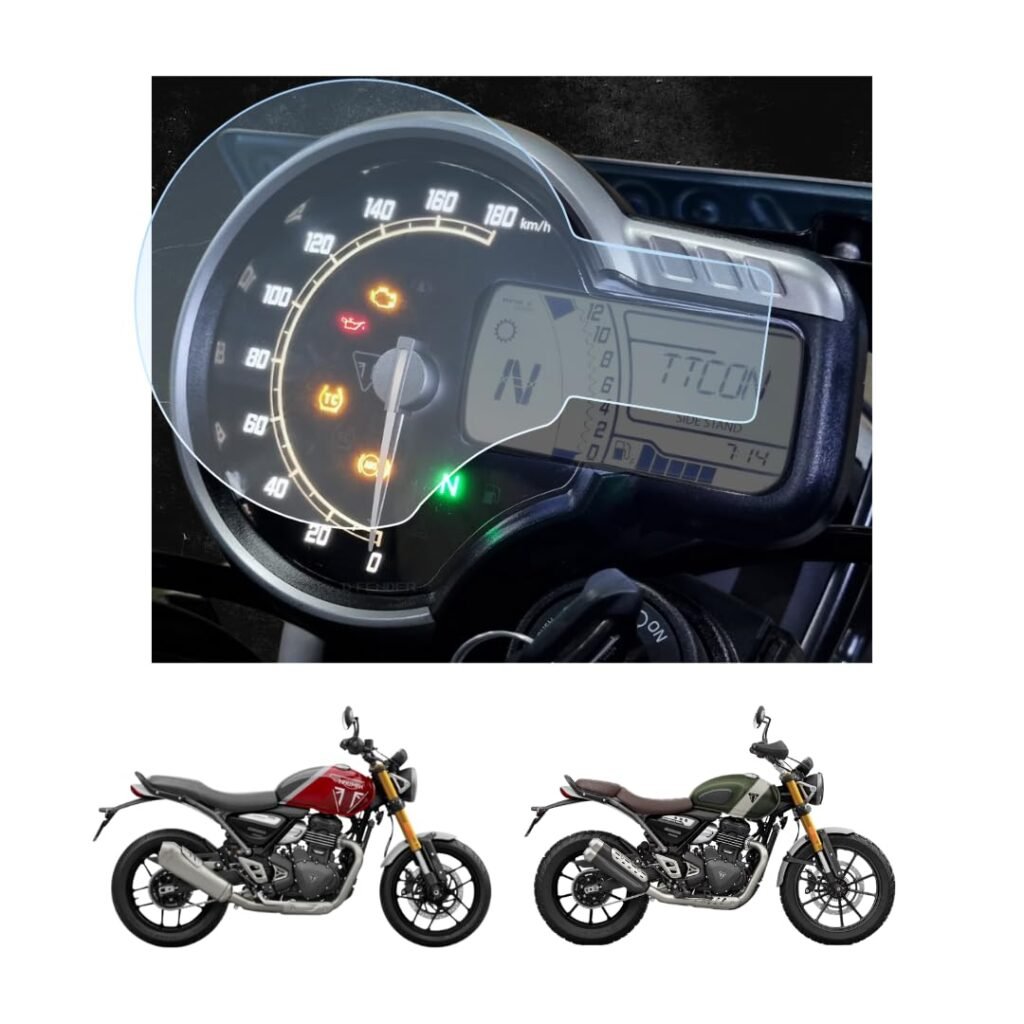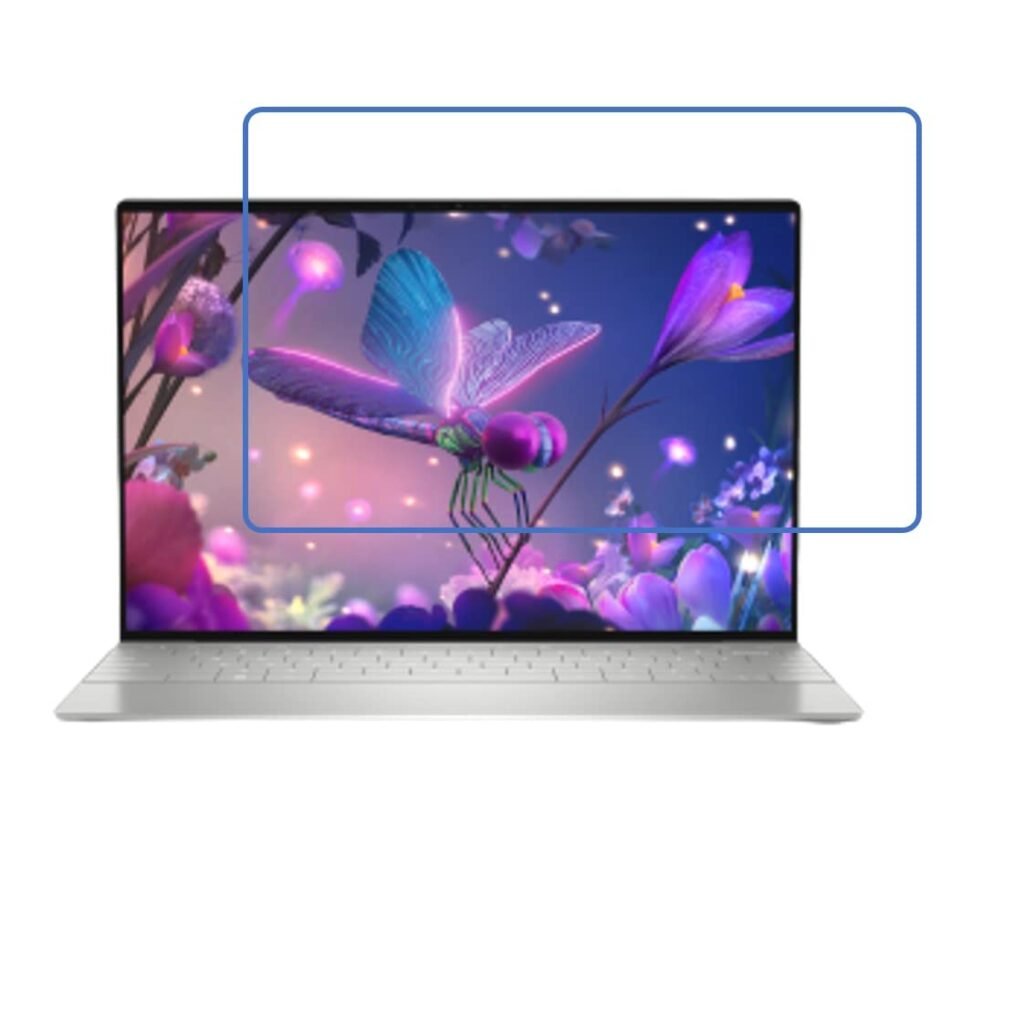The Ultimate Guide to Screen Guards: Everything You Need to Know
In today’s tech-savvy world, our devices have become indispensable. From smartphones and laptops to wearables and car infotainment systems, these screens are integral to our daily lives. However, protecting these screens from scratches, smudges, and cracks is crucial. Enter screen guards – an affordable yet effective solution to safeguard your screens. This comprehensive guide dives deep into everything you need to know about screen guards, helping you make the right choice for your devices.
Overview of Screen Guards
A screen guard is a specially designed protective layer applied to the surface of your device’s screen. Its primary purpose is to shield the screen from damage caused by scratches, accidental drops, dust, and everyday wear and tear. Over time, screen guards have evolved from basic plastic films to advanced tempered glass and specialty options that cater to diverse needs.



As our reliance on devices has grown, so has the demand for effective screen protection. Modern screens are not just for displaying content but also serve as the primary interface for many devices. Even the smallest scratch can affect touch sensitivity, visibility, or aesthetics, reducing the user experience and potentially impacting resale value. Screen guards offer a simple, cost-effective solution to prevent these issues, making them a must-have accessory for most device owners.
Screen guards are not one-size-fits-all. Each type offers unique features and benefits, and choosing the right one depends on the device, its usage, and personal preferences. From smartphones to large-screen TVs, screen guards cater to a variety of devices, ensuring optimal protection without compromising on performance or usability.
Types of Screen Guards
When it comes to screen guards, the market offers a diverse range of options. Each type is tailored to specific needs, providing varying levels of protection, functionality, and aesthetics. Let’s explore these in greater detail:
Tempered Glass Screen Guards
Tempered glass screen guards are among the most popular choices for modern devices. These guards are crafted from heat-treated glass, making them significantly stronger than standard glass or plastic films. Their durability and impact resistance makes them ideal for protecting screens from scratches, cracks, and even shattering due to accidental drops.
One of the standout features of tempered glass is its smooth, glass-like surface. This ensures a seamless user experience, maintaining the original touch sensitivity and clarity of the device’s screen. Many tempered glass protectors come with an oleophobic coating, which repels fingerprints and smudges, keeping the screen clean and enhancing its appearance.
However, tempered glass protectors tend to be slightly thicker than other options. While this thickness contributes to better protection, it may not be suitable for devices with curved or ultra-thin screens. Additionally, high-quality tempered glass protectors can be more expensive than basic plastic films, but the added protection and user experience often justify the cost.
Plastic Film Screen Guards
Plastic film screen guards are a more traditional option, typically made from PET (Polyethylene Terephthalate) or TPU (Thermoplastic Polyurethane). These films are lightweight, flexible, and easy to apply, making them a cost-effective choice for basic screen protection.
PET film screen protectors are thin and smooth, offering minimal interference with touch sensitivity. They provide basic scratch resistance, making them suitable for devices that are not heavily used or exposed to rough environments. TPU films, on the other hand, are more advanced and capable of self-healing minor scratches over time. This feature ensures that the screen guard maintains a clear and polished appearance for longer periods.
While plastic films are budget-friendly, they lack the durability and impact resistance of tempered glass. They may also be prone to peeling or bubbling if not applied correctly. Despite these limitations, plastic film protectors remain a practical choice for users seeking lightweight and affordable screen protection.
Matte Screen Guards
Matte screen protectors are designed to reduce glare and reflections, making them an excellent choice for outdoor use or brightly lit environments. The matte finish diffuses light, ensuring that the screen remains visible and easy to read under various lighting conditions.
In addition to their anti-glare properties, matte protectors provide a smooth, non-slip surface that minimizes fingerprint visibility. This makes them ideal for users who frequently handle their devices or work in environments where clean screens are essential.
While matte screen protectors excel in reducing glare and fingerprints, they may slightly reduce the screen’s clarity and sharpness compared to clear tempered glass options. Users who prioritize vibrant display quality should consider this trade-off before opting for a matte protector.
Privacy Screen Guards
Privacy screen protectors are specifically designed to enhance user privacy by limiting the viewing angles of the screen. These protectors utilize advanced micro-louver technology, which ensures that the screen content is visible only to the person directly in front of the device. This feature makes privacy screen guards an excellent choice for professionals handling sensitive information or anyone concerned about onlookers in public spaces.
In addition to providing privacy, these protectors also offer scratch resistance and basic impact protection. However, the privacy filter may slightly darken the screen, requiring users to increase brightness for optimal visibility. This can lead to increased battery usage on mobile devices.
Anti-Glare Screen Guards
Anti-glare screen protectors are designed to reduce reflections and improve screen visibility in well-lit environments. By diffusing incoming light, these protectors minimize glare and enhance readability, making them an ideal choice for outdoor use or settings with strong overhead lighting.
The anti-glare coating also helps reduce eye strain, particularly during prolonged screen usage. However, similar to matte protectors, anti-glare screen guards may slightly impact the screen’s sharpness and color accuracy. Despite this, their benefits in improving usability and comfort make them a popular choice for many users.
Blue Light Filtering Screen Guards
Blue light filtering screen guards are engineered to block harmful blue light emissions from digital screens. Prolonged exposure to blue light has been linked to eye strain, disrupted sleep patterns, and potential long-term damage to the eyes. These protectors use advanced coatings to filter out blue light, reducing its impact on users.
Ideal for individuals who spend extended periods on their devices, blue light filtering protectors enhance comfort and support better sleep quality. They are particularly beneficial for students, professionals, and gamers who rely heavily on screens for work or leisure.
Benefits of Using a Screen Guard
The advantages of using a screen guard extend beyond mere protection. Here are some key benefits:
Protection Against Scratches
Screen guards act as a barrier against everyday objects like keys, coins, and pens, preventing unsightly scratches that can affect the screen’s appearance and functionality. This is especially important for touchscreen devices where scratches can interfere with touch sensitivity.
Impact Resistance
Tempered glass screen protectors provide a layer of defense against accidental drops and impacts, reducing the risk of screen cracks or shattering. While they may not prevent damage in extreme cases, they can significantly minimize the severity of the impact.
Enhanced Screen Longevity
By preserving the original condition of the screen, screen guards extend the lifespan of devices. This not only ensures a better user experience but also boosts the resale value of the device.
Reduced Glare and Improved Visibility
Specialized screen guards, such as matte or anti-glare options, improve visibility in bright environments by reducing reflections. This ensures a more comfortable and enjoyable viewing experience.
Fingerprint and Smudge Resistance
Oleophobic coatings on tempered glass protectors repel fingerprints and smudges, keeping screens clean and clear. This is particularly beneficial for devices used frequently or shared among multiple users.
How to Choose the Best Screen Guard for Your Device
Selecting the right screen guard involves considering several factors, including the device, usage environment, and personal preferences. Here are some tips to help you make an informed decision:
Device Compatibility
Ensure that the screen guard is specifically designed for your device model. Universal protectors may not provide the precise fit or edge-to-edge coverage needed for optimal protection. Look for options that cater to your device’s screen size, shape, and any unique features, such as curved edges or built-in sensors.
Usage Environment
Consider where and how you use your device. For example, if you frequently use your device outdoors, opt for a matte or anti-glare protector to reduce reflections. Privacy screen guards are ideal for professionals working in public spaces, while blue light filtering protectors are beneficial for prolonged screen usage.
Protection Level
Evaluate the level of protection you need. For robust impact resistance, tempered glass is the best choice. If your primary concern is scratch prevention, a plastic film may suffice. Understanding your protection priorities will help narrow down your options.
Additional Features
Look for features that enhance usability and convenience, such as oleophobic coatings, blue light filtering, or self-healing properties. These add-ons can make a significant difference in the overall performance and maintenance of the screen guard.
Brand and Quality
Invest in reputable brands known for their quality and durability. High-quality screen guards may cost more initially but often provide better performance and longevity, making them a worthwhile investment.
Tips for Applying a Screen Guard
Applying a screen guard may seem daunting, but following these steps can ensure a flawless installation:
Clean the Screen Thoroughly
Begin by cleaning the screen with an alcohol wipe to remove dust, grease, and fingerprints. Use a microfiber cloth to dry the surface completely, ensuring no residue is left behind.
Create a Dust-Free Environment
Apply the screen guard in a clean, dust-free environment. Turn off fans or air conditioning to minimize airborne particles that could settle on the screen during application.
Align the Screen Guard
Carefully position the screen guard over the device, ensuring proper alignment with the edges and cutouts. Most screen guards come with alignment tools or guides to simplify this process.
Apply the Screen Guard
Peel off the backing layer and gently place the screen guard onto the screen. Start from one edge and gradually lay it down, avoiding abrupt movements that could trap air bubbles.
Smooth Out Bubbles
Use a squeegee or a credit card wrapped in a soft cloth to press out air bubbles. Work from the center outward, applying gentle pressure to ensure a secure and bubble-free application.
Final Thoughts
A screen guard is more than just an accessory—it’s a vital investment in protecting your devices. With a plethora of options available, from tempered glass to anti-glare and blue light filtering protectors, finding the right screen guard for your needs has never been easier. By understanding the types, benefits, and application tips, you can enhance your device’s longevity, usability, and aesthetics.
Whether you’re a busy professional, an avid gamer, or a casual device user, screen guards provide peace of mind by safeguarding your screens against scratches, smudges, and accidental impacts. Equip your devices with the right screen guard today and enjoy uninterrupted performance and protection.
Would you like me to refine any specific section or expand further?
When choosing a screen guard, consider your device’s model, usage environment, and specific needs. For high impact resistance, opt for tempered glass. If you work outdoors, matte or anti-glare protectors reduce glare. Always select a screen guard designed for your device for a perfect fit.
High-quality screen guards, especially tempered glass, are designed to maintain touch sensitivity. However, improperly applied or low-quality protectors might interfere with responsiveness. Ensure proper application and invest in a reputable brand to avoid issues.
Air bubbles can often be smoothed out by using a soft squeegee or a credit card wrapped in a microfiber cloth. Gently push the bubbles toward the edge of the screen. If stubborn bubbles persist, carefully lift the screen guard from the edge and reapply.

